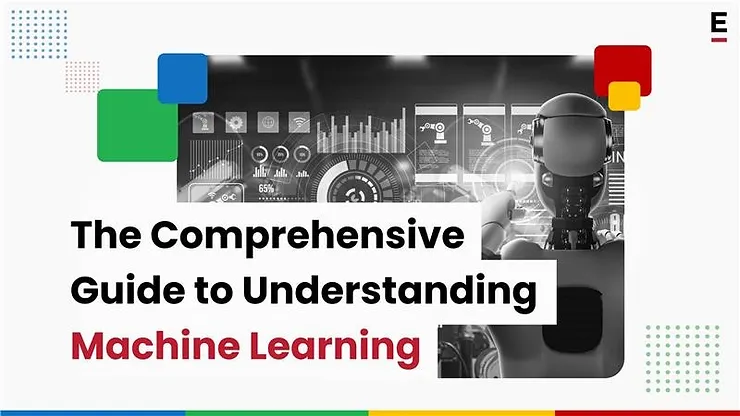The Comprehensive Guide to Understanding Machine Learning
“Computers are incredibly fast, accurate, and stupid; humans are incredibly slow, inaccurate, and brilliant; together, they are powerful beyond imagination” – This quote by Albert Einstein captures the essence of Machine Learning, where human intellect and machine capabilities join forces to achieve extraordinary outcomes.
Who would have thought this novice technology would become the Tour De Force today? Thus, making it essential to unravel the intricacies before predicting the future. This blog will discuss how ML (Machine Learning) works, the different types, and the evolution of this technology.

However, the late 1980s and 1990s witnessed the emergence of more powerful computers and parallel processing, reinvigorating the Machine Learning domain. Researchers gained the ability to manipulate much larger datasets and implement intricate algorithms, expediting the innovation trajectory. In 1997, IBM’s Deep Blue garnered attention by defeating world chess champion Garry Kasparov, epitomizing the first instance of a machine superseding human intellect in a highly strategic contest, thus underscoring Machine Learning’s potential two decades later.
Fast forward to the 21st century, whether it’s IBM Watson’s Jeopardy victory, Google AlphaGo’s Go World Champion triumph, or the recent advent of ChatGPT – the past decade has signified the stride in Machine Learning evolution. These models epitomize state-of-the-art Natural Language Processing, analyzing, and facilitating various applications from chatbots to content creation. Speaking of ChatGPT, read our comprehensive series on OpenAI’s disruption in the conversational AI industry – including the latest developments in the GPT-4 architecture.
1.Supervised Learning: Picture a wise teacher guiding a student – that’s Supervised Learning! Here, we train an algorithm using a labeled dataset with input-output examples. Imagine teaching a model to tell cats and dogs apart where the algorithm learns to recognize unique features and can classify new images.
2.Unsupervised Learning: Now, imagine a detective finding clues without guidance – that’s Unsupervised Learning – dealing with problems where no labeled data is available. Instead, discovering patterns within the data through clustering makes it ideal for anomaly detection and data compression applications.
Envision a world where machines identify patterns and make informed predictions, continuously adapting to the ever-changing data environment. At the core of this vision is a four-step process that intertwines the components of Machine Learning. The initial step – Data Collection – requires thoroughly gathering relevant information from various sources, including sensors, databases, and user interactions. It’s essential to note that the quality of the data collected influences the model’s performance, exemplifying the concept of “garbage in, garbage out.”
The process then proceeds to Model Training, where the algorithm refines its parameters, enhancing its ability to minimize errors and maximize predictive accuracy. This careful equilibrium reduces overfitting or underfitting and is achieved by dividing the data into validation sets. Subsequently, Performance Evaluation is done through metrics such as accuracy, precision, recall, and the F1 score. Once the model satisfies the predetermined benchmarks, Deployment takes place in real-world applications, confidently making predictions on previously processed data.
Machine Learning has become an indispensable tool in various domains, from simple algorithms in the 1950s to the GPT-4 architecture. As we continue to witness rapid advancements in computing power and data generation, there’s no doubt that Machine Learning will play an even more significant role in shaping our future. However, Machine Learning – as a particular domain – might not be sufficient to propel the innovation forward, thus, requiring subsets or purpose-built applications to disrupt at a broader scale. Which applications? Let’s answer that in our next blog. Stay tuned!
Read other Extentia Blog posts here!

